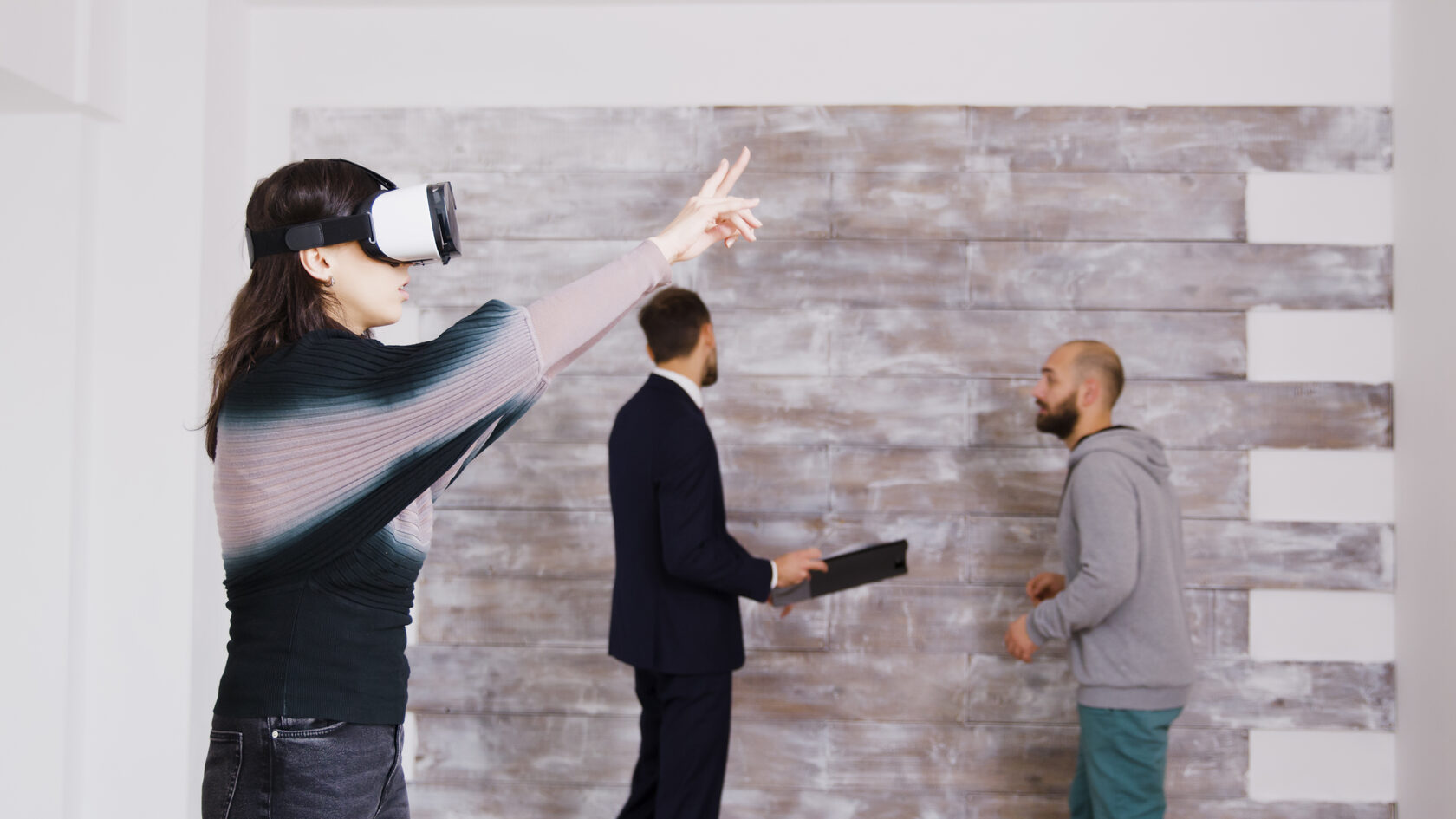Virtual reality (VR) and augmented reality (AR) have revolutionized the way businesses interact with their customers. These technologies have the power to enhance customer experiences by providing immersive and interactive environments that were previously unimaginable.
One of the key advantages of VR and AR is their ability to transport customers to different places and times. For example, a travel agency can use VR to give potential customers a virtual tour of their desired destination, allowing them to experience the sights and sounds before making a booking. This not only helps customers make more informed decisions but also creates a sense of excitement and anticipation.
Similarly, AR can be used to enhance the shopping experience. Retailers can create virtual showrooms where customers can try on clothes or test out furniture in their own homes. This eliminates the need for physical stores and allows customers to make purchases from the comfort of their own homes. AR can also be used to provide additional information about products, such as ingredients or instructions, by simply scanning a barcode.
In the entertainment industry, VR has the potential to completely transform the way we consume media. Imagine being able to watch a movie or play a video game and feel like you are part of the action. VR can create a sense of presence and immersion that traditional media cannot replicate. This not only enhances the entertainment value but also creates a more memorable and engaging experience for the customer.
Furthermore, VR and AR can be used to enhance training and education. Companies can use VR to simulate real-life scenarios for employees to practice and improve their skills. This is particularly useful in industries such as healthcare or aviation, where mistakes can have serious consequences. Similarly, educational institutions can use VR and AR to create interactive learning experiences that make complex subjects more accessible and engaging for students.
However, despite the numerous benefits, there are still challenges that need to be addressed for VR and AR to reach their full potential. The cost of the technology, as well as the need for specialized equipment, can be a barrier for many businesses and customers. Additionally, there are concerns about privacy and security, as VR and AR require access to personal data and can potentially be used for surveillance purposes.
In conclusion, VR and AR have the power to enhance customer experiences in various industries. From travel and retail to entertainment and education, these technologies provide immersive and interactive environments that engage and excite customers. However, there are still challenges that need to be overcome for VR and AR to become more accessible and widely adopted. With continued advancements and innovation, the future of customer experiences looks promising with the integration of VR and AR.
One of the key advantages of VR and AR is their ability to transport customers to different places and times. For example, a travel agency can use VR to give potential customers a virtual tour of their desired destination, allowing them to experience the sights and sounds before making a booking. This not only helps customers make more informed decisions but also creates a sense of excitement and anticipation.
Similarly, AR can be used to enhance the shopping experience. Retailers can create virtual showrooms where customers can try on clothes or test out furniture in their own homes. This eliminates the need for physical stores and allows customers to make purchases from the comfort of their own homes. AR can also be used to provide additional information about products, such as ingredients or instructions, by simply scanning a barcode.
In the entertainment industry, VR has the potential to completely transform the way we consume media. Imagine being able to watch a movie or play a video game and feel like you are part of the action. VR can create a sense of presence and immersion that traditional media cannot replicate. This not only enhances the entertainment value but also creates a more memorable and engaging experience for the customer.
Furthermore, VR and AR can be used to enhance training and education. Companies can use VR to simulate real-life scenarios for employees to practice and improve their skills. This is particularly useful in industries such as healthcare or aviation, where mistakes can have serious consequences. Similarly, educational institutions can use VR and AR to create interactive learning experiences that make complex subjects more accessible and engaging for students.
However, despite the numerous benefits, there are still challenges that need to be addressed for VR and AR to reach their full potential. The cost of the technology, as well as the need for specialized equipment, can be a barrier for many businesses and customers. Additionally, there are concerns about privacy and security, as VR and AR require access to personal data and can potentially be used for surveillance purposes.
In conclusion, VR and AR have the power to enhance customer experiences in various industries. From travel and retail to entertainment and education, these technologies provide immersive and interactive environments that engage and excite customers. However, there are still challenges that need to be overcome for VR and AR to become more accessible and widely adopted. With continued advancements and innovation, the future of customer experiences looks promising with the integration of VR and AR.



